Mothers participate in a communication andeducation program on safe childbirth in Mu Sang commune, Phong Tho district, Lai Chau province - Photo: DUONG LIEU
In recent years, although the rate of giving birth in medical facilities has increased significantly, there are still about 10% of ethnic minority women nationwide who do not give birth in medical facilities. Sadly, the mortality rate of ethnic minority children under 1 year old is up to 2.2%.
Although medical stations have been fully equipped and medical staff are constantly learning and improving their professional skills, the rate of home births in mountainous and ethnic minority areas is still high.
Maternal mortality rates in mountainous and ethnic minority areas are 2-3 times higher than the national average.
Eliminate the custom of giving birth at home
One of the biggest barriers to reducing maternal mortality here is changing the perceptions and customs of ethnic minorities.
Ms. Lo Thi Thanh, a nurse working at the Mu Sang commune health station, Phong Tho district, Lai Chau province, shared that she had to convince the whole family to take a pregnant woman to the district hospital to give birth. Ms. Thanh recounted that at that time, the woman was having difficulty giving birth, and the family called her to come to the house to help.
"When I arrived, I realized that the mother's condition was not stable and she could not give birth naturally, so I told my husband and mother-in-law to take her to the district hospital to give birth, but the whole family did not agree. I had to tell my mother-in-law right away: "If your daughter also has difficulty giving birth and if she is not taken to the hospital, she will die. Do you dare leave her at home?" Only then did the family agree to take her away," Ms. Thanh recounted.
Not only raising awareness among women, but also in ethnic minority areas, grassroots health workers must communicate to the whole family and relatives so that they know and accompany the mother on the journey of giving birth.
Many mothers have come to give birth and bring their children to the medical station for examination - Photo: DUONG LIEU
Barriers to "childbirth" in the highlands
Mr. Nguyen The Phong, Deputy Director of the Lai Chau Provincial Department of Health, said that the maternal mortality rate in the local ethnic minority areas is high. The reason is due to barriers in geography, awareness and medical infrastructure.
"The medical team of the station together with the commune officials regularly go to the village to coordinate with the village chief, village elders, and clans to propagate and raise awareness among the people that giving birth at home is very dangerous and the benefits of giving birth at a medical facility to ensure the health of the mother and newborn, but changing people's awareness is not "overnight".
Language barriers, many women do not know Mandarin, and people often work in huts, making it difficult for medical staff to meet them, causing many difficulties in propaganda work," said Mr. Phong.
During a survey to assess the progress of the project "No one is left behind: Innovative interventions to reduce maternal mortality in ethnic minority areas in Vietnam" in Lai Chau province, Mr. Matt Jackson, chief representative of the United Nations Population Fund (UNFPA) in Vietnam, said that the maternal mortality rate in ethnic minority communities remains high, due to difficulties in accessing health facilities in mountainous areas.
Mr. Matt Jackson said the biggest challenge is related to the area and terrain. The distance from people's homes to the district health center and commune health station is very far, in some places 10-15km away. Traveling is even more difficult during the rainy season or floods.
"Another challenge is the practice of many women wanting to give birth at home. Language barriers are also a barrier, so we need to have a lively, creative and easy-to-understand communication method to convince people why they should give birth at medical facilities.
In fact, the results achieved are very encouraging. For example, we see that the rate of local mothers visiting and giving birth at health facilities has increased significantly over the years," the UNFPA representative shared.
"Slow and steady wins the race" and social security policy
Ms. Tran Thi Bich Loan - Deputy Director of the Department of Mothers and Children, Ministry of Health - commented that changing people's awareness will take time due to long-standing customs.
"We still have limited facilities and medical staff to ensure the provision of services to ethnic minorities. This is one of the reasons leading to shortcomings in screening, examining and early detection of signs that can lead to obstetric complications and maternal death," said Ms. Loan.
Ms. Loan emphasized that, along with the state budget, international cooperation to increase equipment support and financial resources for disadvantaged mountainous provinces is an important solution.
Giving birth does not cost hospital fees, but also gets money
Living on the mountainside of the mountainous district of Phong Tho, Lai Chau province, Giang A Lung (22 years old) and Ly Thi So (21 years old) in Xin Chai village, Mu Sang commune, and their two children are laughing and playing. Two years ago, So also gave birth to her first child at home. It was not until her second child was recently born that her husband took her to the health station for a check-up and gave birth at a medical facility.
Mr. Lung shared that he had heard the village chief and medical staff propagandize many times, so he took his wife to a medical facility. "We thought that giving birth at a medical facility would be expensive, we would have to stay there for a long time, wasting time and money, so we just gave birth at home. But it turned out not to be the case, my wife gave birth and went home the next day. Giving birth doesn't cost money, and the staff also gave us an extra 500,000 VND," Mr. Lung said simply.
Like Mr. Lung's family, Ms. Vang Thi Sung's family, after giving birth to two children at home, went to a medical facility to give birth in 2023. In Mu Sang commune, the rate of giving birth at medical facilities has increased from 24% (2022) to 61% (2024) and the rate of women having regular prenatal check-ups has increased from 27.2% to 41.7%.
According to Ms. Thanh, the health station is now more fully equipped, with a portable fetal heart monitor, a clean delivery room... In particular, the project "No one is left behind: Innovative interventions to reduce maternal mortality in ethnic minority areas in Vietnam" implemented by the Ministry of Health in coordination with UNFPA and MSD to reduce maternal mortality in ethnic minority areas also supports travel expenses of 500,000 VND for mothers when giving birth at the health station.
Thanks to that support, people also began to change their awareness and habits of giving birth at medical facilities instead of giving birth at home.
The policies have begun to bear fruit, and the maternal mortality rate nationwide has shown encouraging results. In 2023, the maternal mortality rate decreased more than 5 times, from 233/100,000 live births in 1990 to 44/100,000, and the mortality rate of children under 5 and under 1 year old both decreased nearly 4 times...
However, reducing the rate of home births in mountainous and ethnic minority areas remains a challenge and continues to require new steps and new policies.
Read moreBack to Topic Page
WILLOW


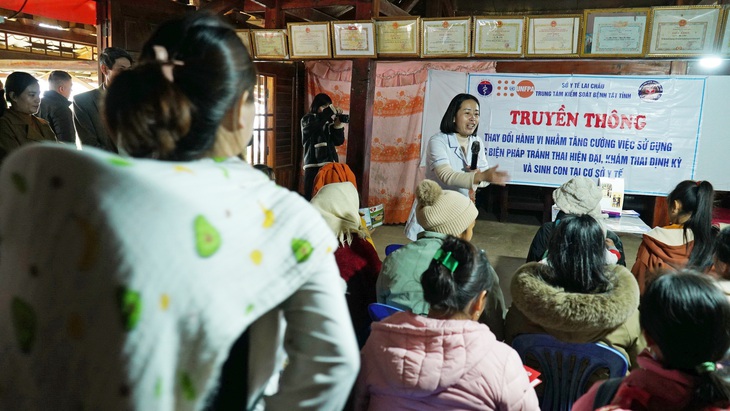
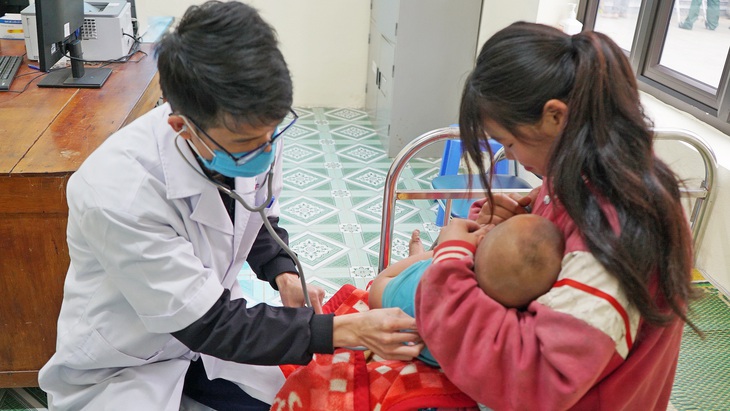
![[Photo] Prime Minister Pham Minh Chinh holds talks with Prime Minister of the Kingdom of Thailand Paetongtarn Shinawatra](https://vphoto.vietnam.vn/thumb/1200x675/vietnam/resource/IMAGE/2025/5/16/23b5dd1e595d429491a54e3c1548fb79)




![[Photo] Welcoming ceremony for Prime Minister of the Kingdom of Thailand Paetongtarn Shinawatra on official visit to Vietnam](https://vphoto.vietnam.vn/thumb/1200x675/vietnam/resource/IMAGE/2025/5/16/cdd9e93739c54bb2858d76c3b203b437)




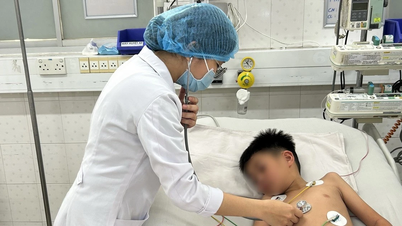

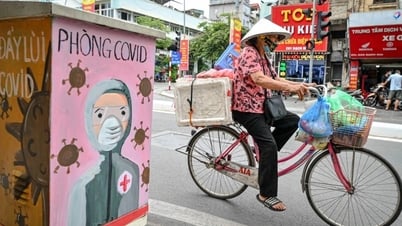












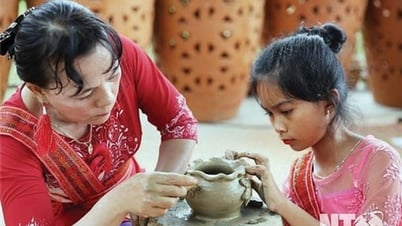









































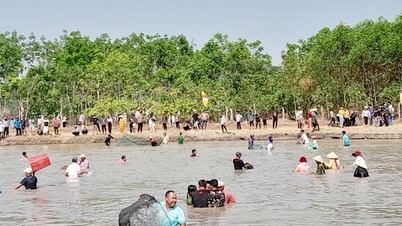























Comment (0)